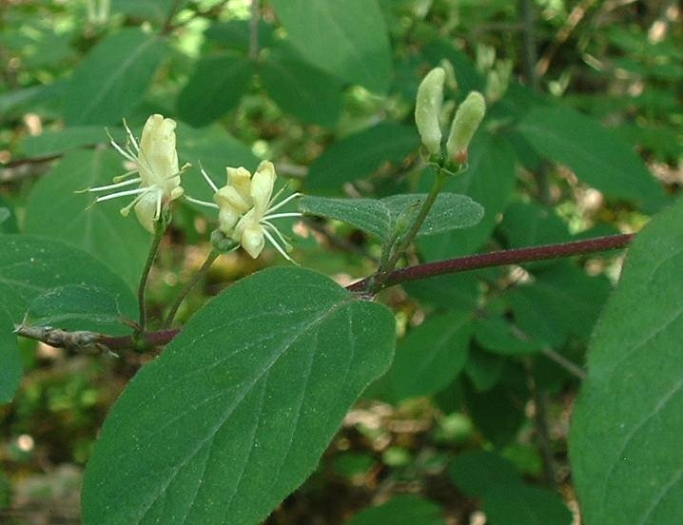Fly Honeysuckle
(Lonicera xylosteum)
Fly Honeysuckle (Lonicera xylosteum)
/
/

J.F. Gaffard
CC BY-SA 3.0











































































Estimated Native Range
Summary
Fly Honeysuckle is valued for its ability to thrive in a variety of conditions and its use as a hedge or in mixed shrub borders. It is also planted for wildlife attraction and as an informal screen. In cultivation, it prefers full sun to part shade and adapts to a range of soil types, though it performs best in well-drained soils. Regular pruning is recommended to maintain its shape and promote denser foliage. While generally low-maintenance, it can be susceptible to powdery mildew and honeysuckle aphids. Due to its potential invasiveness when grown outside its native range, gardeners should consult local regulations before planting.CC BY-SA 4.0
Plant Description
- Plant Type: Shrub
- Height: 6-10 feet
- Width: 10-12 feet
- Growth Rate: Moderate
- Flower Color: Cream, White, Yellow
- Flowering Season: Spring, Summer
- Leaf Retention: Deciduous
Growth Requirements
- Sun: Full Sun, Part Shade
- Water: Medium
- Drainage: Medium
Common Uses
Bee Garden, Bird Garden, Butterfly Garden, Deer Resistant, Drought Tolerant, Fragrant, Hummingbird Garden, Low Maintenance, Salt Tolerant, Showy Flowers
Natural Habitat
native to forest edges, scrub, and rocky slopes in Europe, Western Asia, and the Caucasus region
Other Names
Common Names: Fly Woodbine, European Fly Honeysuckle, Fly Honeysuckle, European Fly-Honeysuckle, Dunet Gedeblad, Rote Heckenkirsche, Camérisier À Balais, Clématite Des Haies, Camérisier, Chèvrefeuille Des Haies
Scientific Names: , Lonicera xylosteum, Lonicera leiophylla, Caprifolium dumetorum, Caprifolium xylosteum, Chamaecerasus dumetorum, Chamaecerasus xylosteum, Euchylia villosa, Lonicera cotinifolia, Lonicera dumetorum
GBIF Accepted Name: Lonicera xylosteum L.